Lesson summary
In this lesson, students will explore the different types of interactions we can have with others through the use of role play. They will identify the difference between online and offline interactions by working collaboratively to sort and discuss everyday examples, before developing a class definition for each of these terms. Using the 4C guidelines of content, contact, conduct, and compulsion, students will identify and explore skills and strategies to develop safe, respectful and responsible relationships using visual prompts and discussion. The shared development of an ‘online wonder wall’ will provide an opportunity for students to share their knowledge and understanding of the topic with others in a hands-on and collaborative manner.
Learning intentions
Students will:
- explore different ways they can interact with people, both in-person and online.
Success criteria
Students can:
- identify respectful ways of interacting online
- describe the 4Cs - content, conduct, contact and compulsion.
Lesson guides and printables
Curriculum links
Select your curriculum from the options below.
Lesson details
Skills
This lesson is designed to build students’ competencies in the following skills:
- critical thinking
- collaboration
- communication
- community engagement
- digital literacy
- global citizenship
- social skills
Curriculum Mapping
Year F-2, HPE
Students learn to:
- practise personal and social skills to interact respectfully with others (AC9HPFP02).
- identify and explore skills and strategies to develop respectful relationships (AC9HP2P02)
Year F-2, Digital technologies
Students learn to:
- identify some data that is personal and owned by them (AC9TDIFP01).
Relevant parts of Year F-2 achievement standards: Students apply protective behaviours and help-seeking strategies to keep themselves and others safe.
General capabilities: Digital Literacy, Personal and Social Capability
Cross-curriculum priority: Aboriginal and Torres Strait Islander Histories and Cultures
Level of teacher scaffolding: Medium - resource organisation and facilitation of discussion
UN Sustainable Development Goals
- Target 4.7: By 2030, ensure that all learners acquire the knowledge and skills needed to promote sustainable development, including, among others, through education for sustainable development and sustainable lifestyles, human rights, gender equality, promotion of a culture of peace and non-violence, global citizenship and appreciation of cultural diversity and of culture’s contribution to sustainable development.
Resources Required
- Activity sheet - Interaction Flashcards (1 set per group of 2-3 students)
- Coloured pen/pencils, paper, scissors, glue
- Device capable of displaying audiovisual material
- Roll of butchers paper or poster paper
- The 4C Posters
- Visual Explainer: The 4Cs Presentation
Additional Info
The Alannah & Madeline Foundation is a national not-for-profit organisation dedicated to keeping children and young people free from violence and trauma wherever they live, learn and play. The eSmart: Digital Licence program is a comprehensive suite of educator-led lessons for learners aged 4-12 years. Co-designed with learners, educators and experts, the program is tailored to Australian children's online experiences, ensuring a proactive, age-appropriate, and rights-based curriculum that equips learners to navigate the digital world safely, responsibly, and ethically. The program is adaptable to a range of education settings and offers all the resources needed to build essential digital and media literacy skills. These lessons are designed to assist teachers by introducing the 4Cs of online safety risk areas: content, contact, compulsion, and conduct, to prepare students for earning their Digital Licence. Please contact us for any further eSmart support at esmart@amf.org.au.
Related Professional Learning
Protecting Yourself Online: A Guide for Educators
Quick summary: This course covers practical steps to safeguard your privacy and manage your online presence effectively. You’ll explore key risks in the online environment, how to protect your privacy, and what students are engaging with online.
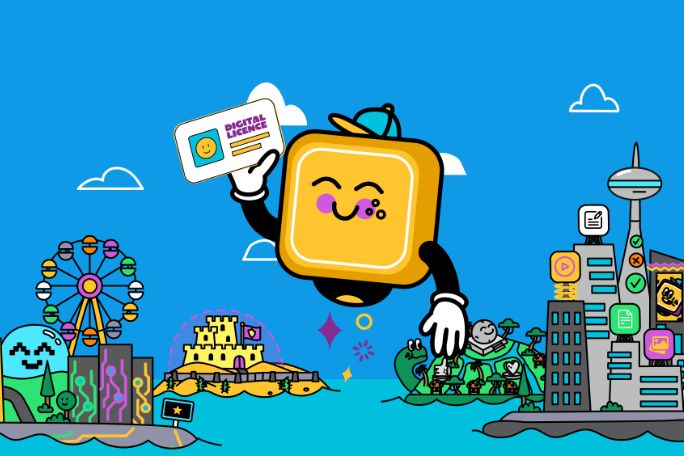
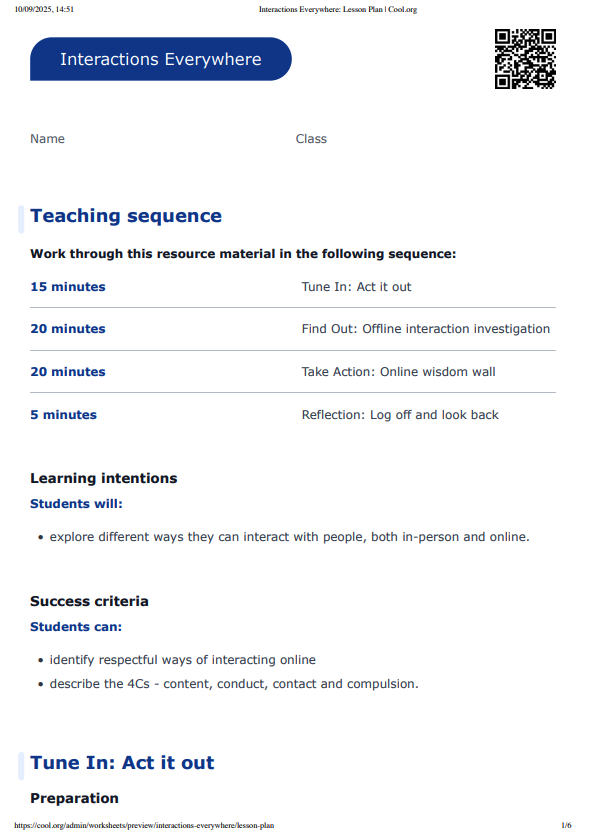
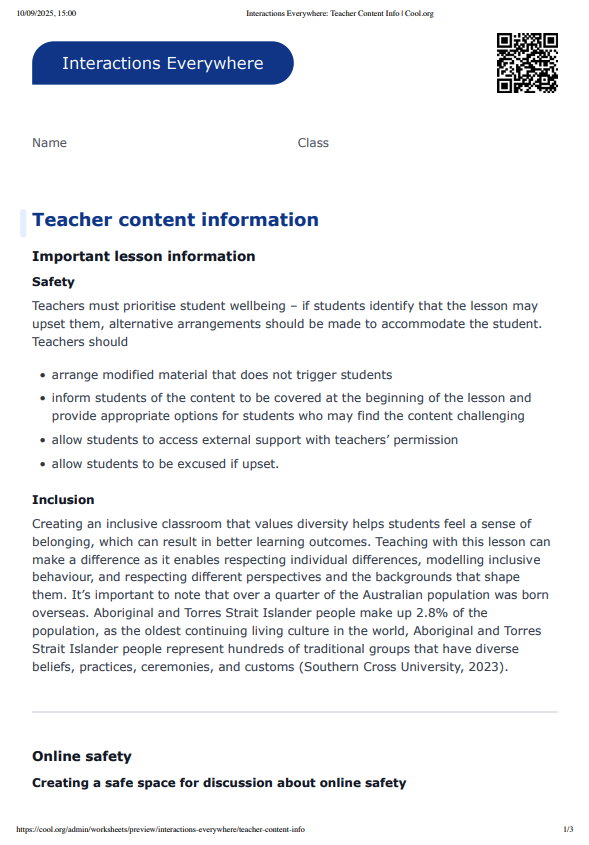
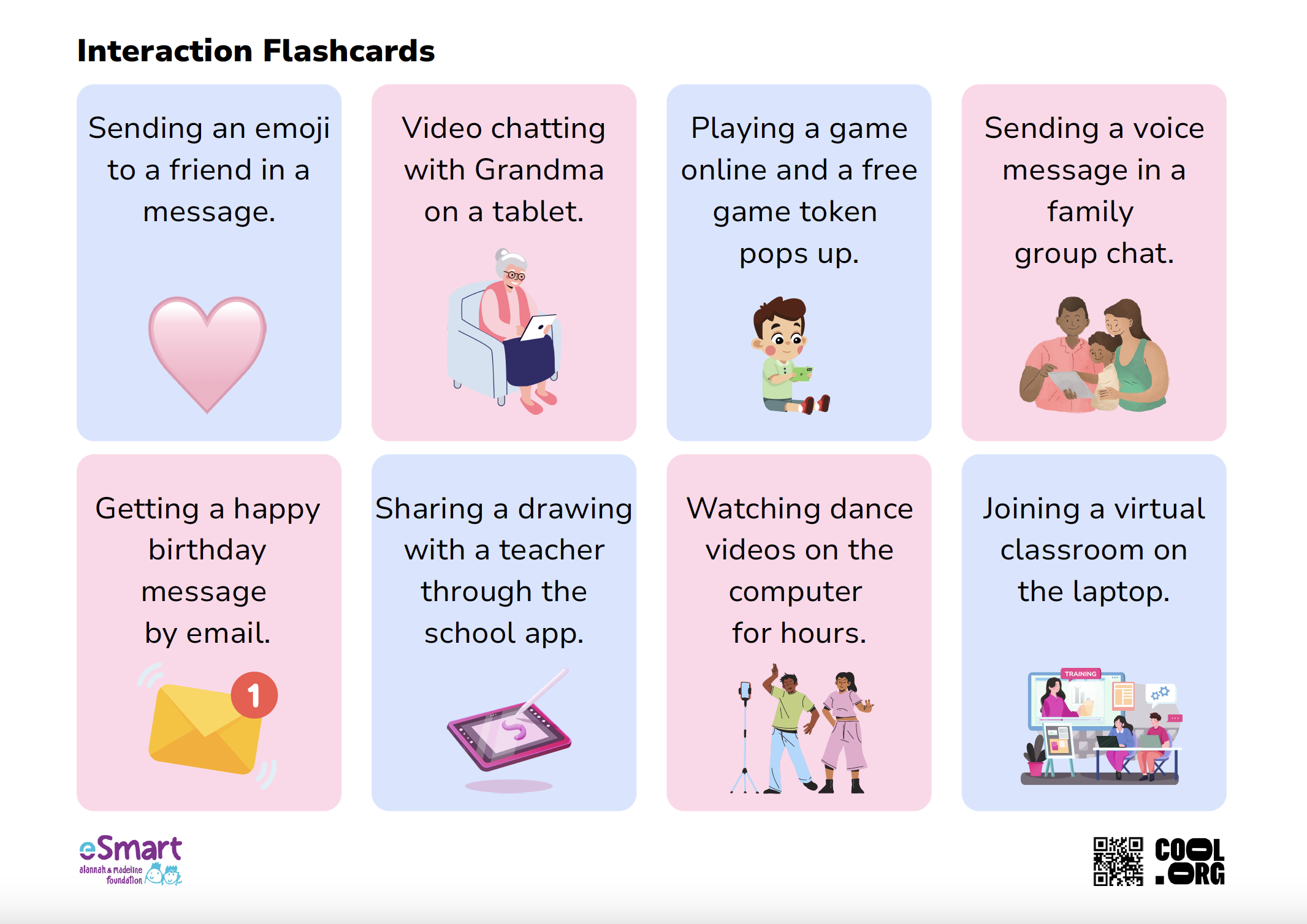
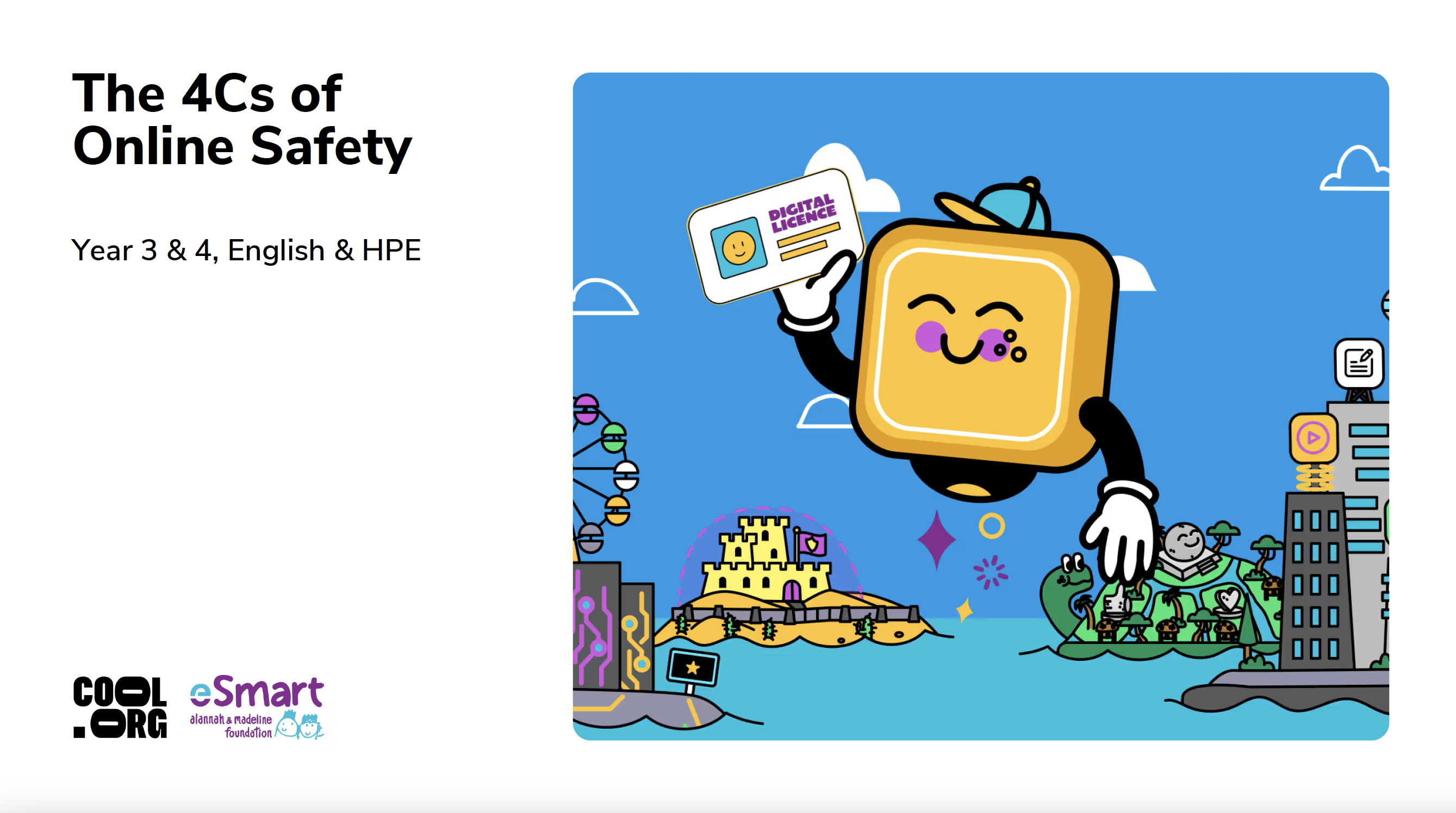
Welcome back!
Don't have an account yet?
Log in with:
Create your free Cool.org account.
Many of our resources are free, with an option to upgrade to Cool+ for premium content.
Already have an account?
Sign up with:
By signing up you accept Cool.org's Terms and Conditions(Opens in new tab) and Privacy Policy(Opens in new tab).